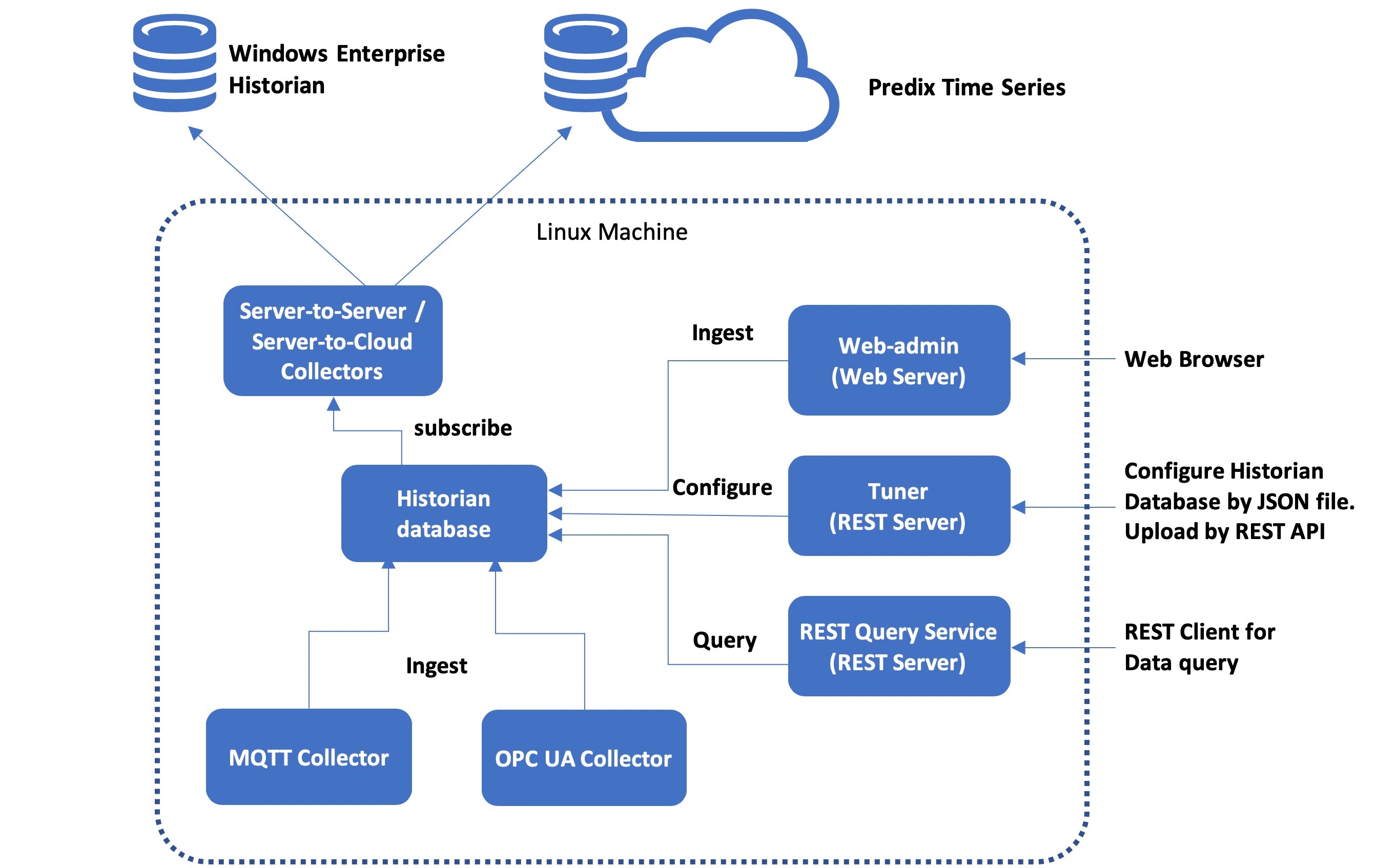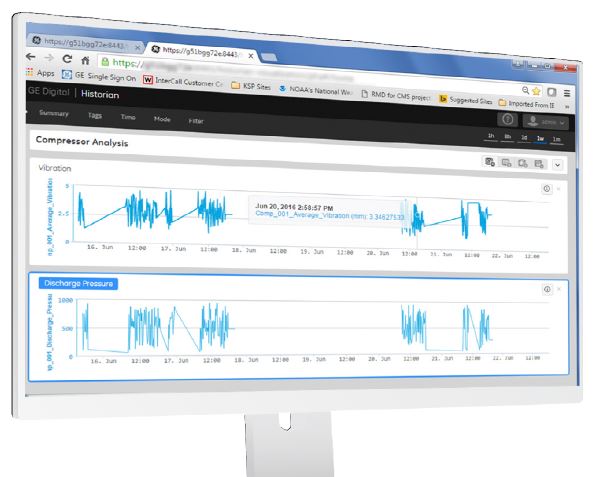La need to have an archiving and analysis tool some data close to where these are produced is driving the adoption of solutions by edge computing.
For this GE-Digital, a company supported and distributed in Italy by ServiTecno, decided to make a version of its Historian suitable for edge applications.
Why so much interest in EDGE technologies?
Since the controllers and IIoT devices used in these applications are typically not as powerful as industrial servers, GE Digital has developed a super lightweight version of Historian that can run under Linux.

GE Digital's Historian for Linux therefore aims to revolutionize the collection and archiving of data on the edge, positioning itself as a solution for distributed data collection in support of the Industrial Internet of Things (IIoT).
Thanks to the low demands on hardware resources, the software can run on the controllers and devices that manage the machine data and is then able to send them to the cloud for analysis and process optimization.
In addition to supporting machine-level analysis and reporting, Historian for Linux also provides data retention for regulatory purposes.
Based on proven technology GE Digital's Historian, Historian for Linux is an affordable solution for machine builders and for end users who have numerous distributed assets and need a foundation for the IIoT.
Efficient collection and storage of machine data
By transmitting data to higher-level systems, Historian for Linux provides an efficient way to collect and store data from thousands of different machine-level devices.

The software includes collectors for OPC UA and MQTT, the de facto standard protocol for the IIoT.
Una REST API allows access to stored data for analysis and reporting.
Historian for Linux enables machine-level data transmission in a secure by-design manner and with data loss protection at the storage and transmission levels.
Linux and Dockers
Historian for Linux requires little computational resources and then can turn on most dedge devices, including PLCs or other controllers.
The Linux platform offers both an low initial cost that lower life-cycle costs.
Le applications require only a single x86 CPU core, 1GB of RAM and 8GB of storage.
Leveraging Docker architecture, users can easily implement the specific Historian features they need for the application.
How does it work? Docker is a tool that allows developers to easily deploy their applications in a sandbox (called container) to run on the host operating system, i.e. Linux.
The main advantage of Docker is that it allows users to package an application with all its dependencies into a standardized unit for software development.
Unlike virtual machines, containers do not have a high overhead and therefore allow for more efficient use of the system and underlying resources.
The "dockerized" Historian for Linux shares a common architecture for Linux and Windows applications with common interfaces and clients. Additionally, Historian for Linux nodes can be managed and configured remotely from the Predix cloud environment when deployed on Predix Edge-based devices.
Costs

Historian for Linux list price is 50% lower than the Historian Windows Standard license list price.
It is a version intended for OEM applications and fully integrates with GE Digital's Historian architecture.
A free version of Historian for Linux is included in iFix and Cimplicity and allows you to manage up to 32 tags. The price then varies as the number of tags requested increases.